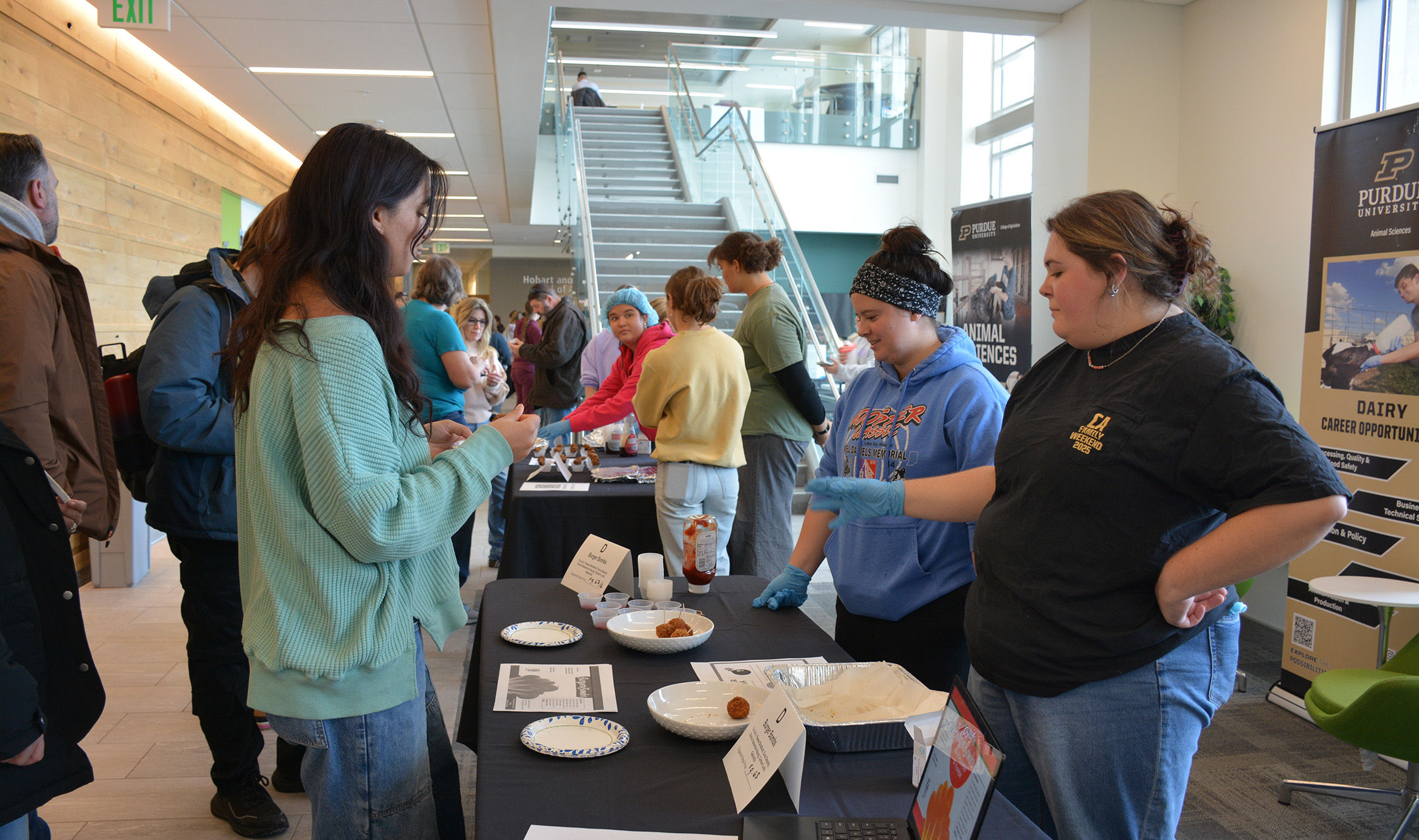Method for identifying key regulator genes may speed improvements in fertilizer use and other efficiencies
When a plant is introduced to an abundant patch of water or fertilizer, a cascade of genetic and molecular actions lead to beneficial physiological responses such as root development and increased biomass. Identifying the genes involved in the early molecular responses has been difficult, but a Purdue University scientist has led an effort that can identify the genetic mechanisms and predict targets for improving crop plants.
Kranthi Varala, an assistant professor in the Department of Horticulture and Landscape Architecture, is first author of a report published today in the “Proceedings of the National Academy of Sciences” that describes a method for identifying the genes activated when plants are exposed to external stimuli. The process, called temporal transcriptional logic for plant response, streamlines searches that can often involve tens of thousands of genes that work together in complex ways. He collaborated with colleagues from the University of Illinois and New York University.
“Putting together experimental and computational methods, we developed a general methodology that can be applied to almost any area of interest, whether it’s plant stress, pathogen interactions or nutrition aspects,” Varala said. “Even in animal systems, any time an organism has to respond to something external, you have to have a methodology to find what is controlling that response.”
Arabidopsis plants were grown for in the absence of nitrogen, a critical plant nutrient. After two weeks, some plants were given nitrogen while others went without. Gene expression was measured 11 times, from the moment of nitrogen application through two hours.
Gene activity changes in the nitrogen-fed plants were compared against the gene activity in plants that didn’t receive the nitrogen. Those genes that increased or decreased activity, when compared to the controls were considered likely to be involved with a plant’s nitrogen use.
In particular, the scientists were interested in the transcription factors, genes that essentially act as controls for other genes. When a transcription factor is activated, it turns up or down the activity of its target genes.
Using a machine-learning algorithm, they predicted which genes work together to influence nitrogen use. The results identified 155 transcription factors and 608 other genes - out of 28,000 total - that are closely linked to nitrogen use in plants and predicted how changes to the transcription factors might influence this process.
Tests on plants with some of those transcription factors knocked out showed which were actually associated with the predicted genes and controlled plant growth, root development and other physiological responses. Overall, the prediction algorithm was correct one in three times.
“That might not seem high, but when you think about 28,000 genes and the number of combinations there might be, getting one-third of these correct is highly significant,” Varala said.
The small set of transcription factors identified in this research are now targets for improving a plant’s ability to take nitrogen from the soil and use it as efficiently as possible, reducing the amount of fertilizers that might need to be used in future crops.
“If we can apply less fertilizer and get the same crop yield, that’s both an ecological and economic success,” Varala said. “To do that, you have to know how the plant responds to nitrogen and how it uses that nitrogen”.
Going forward, the method can be used to narrow the scope of genes associated with responses to heat, drought and other plant stresses.
The National Institutes of Health and the National Science Foundation supported this research.





